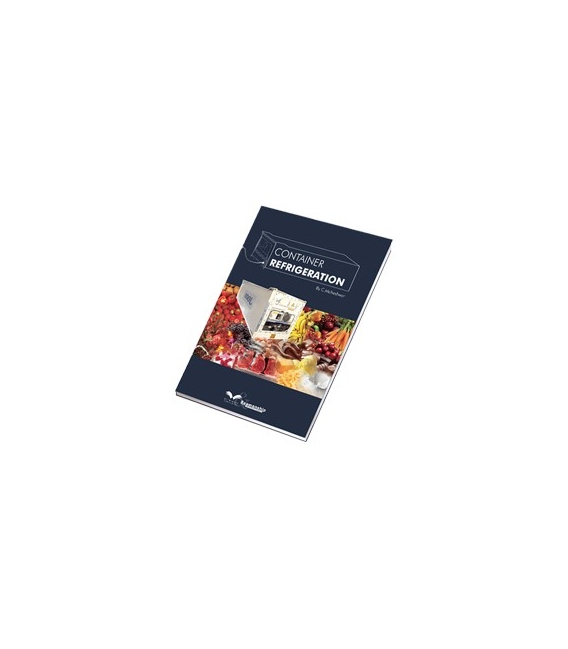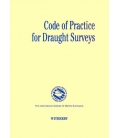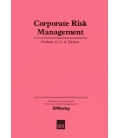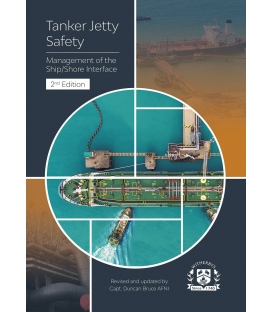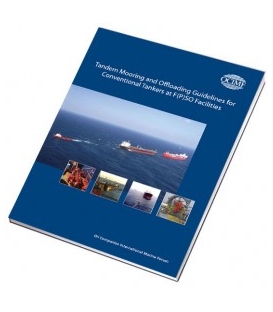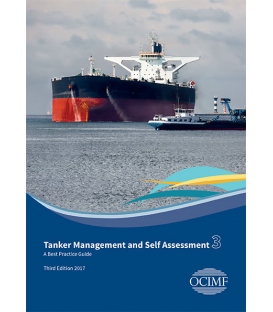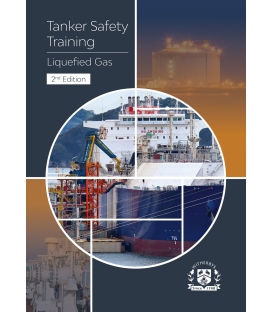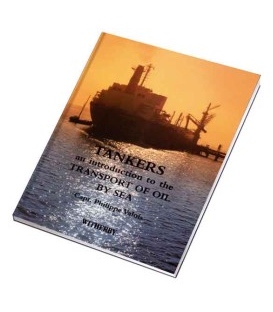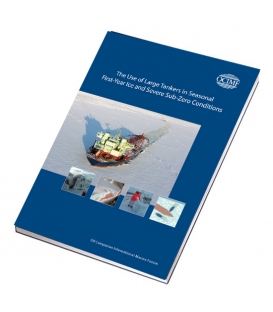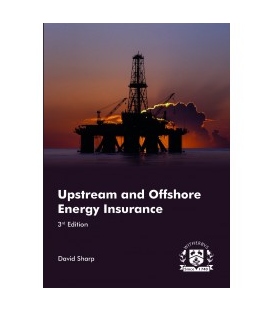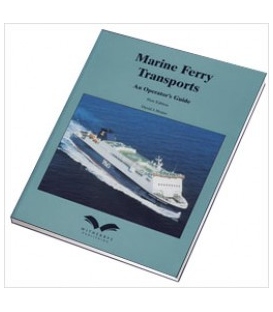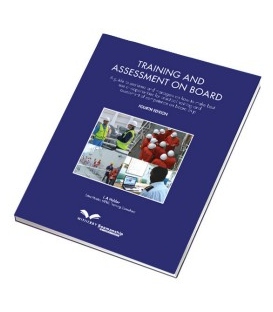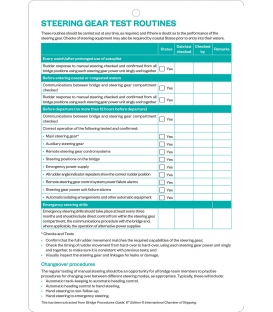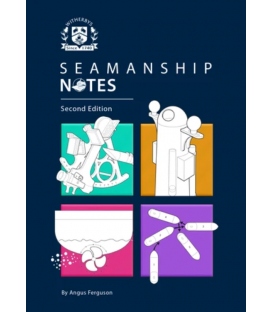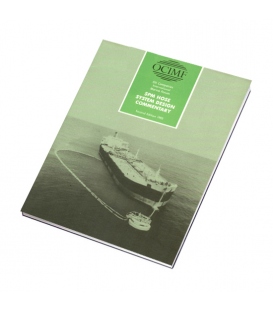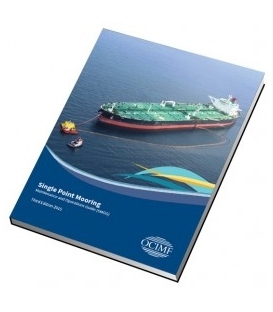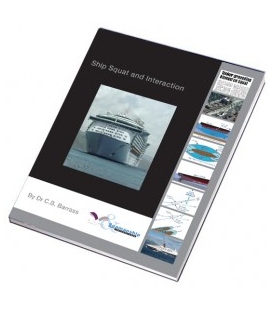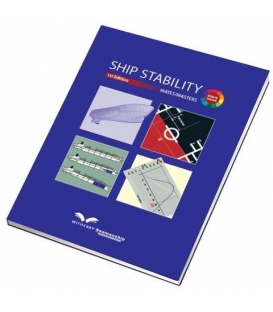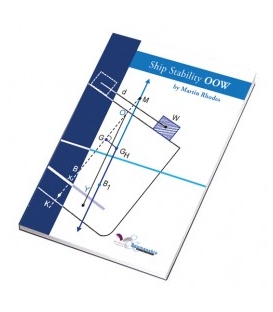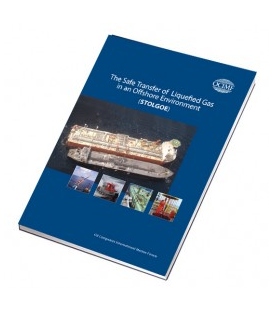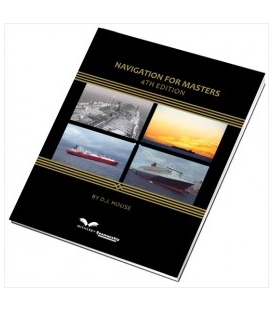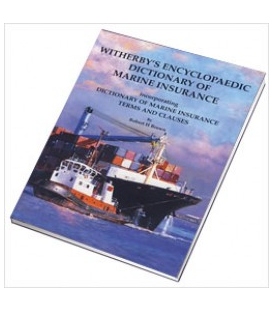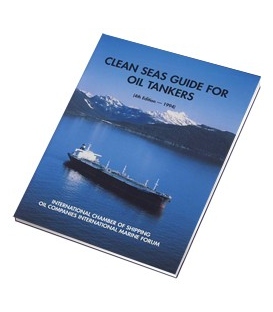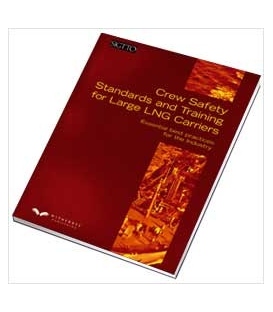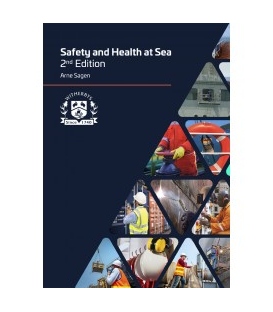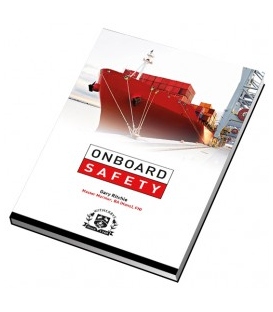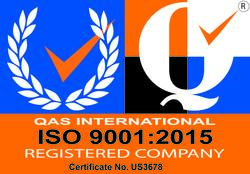

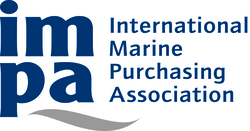
Sign up for our Newsletter
Container Refrigeration, 1st Ed., 2008
This 300 page book is written by an author with extensive knowledge of refrigerated containers, who has created this extensive guide to their operation and handling.
Refrigerated Containers
Preface
The Author
1 Basics of Refrigeration
1.1 Refrigeration
1.2 Refrigeration and Air Conditioning
1.3 Heat and its Measurement
1.4 Specific Heat
1.5 Temperature
1.6 States of Matter
1.7 Vapour and Gas
1.8 Sensible Heat and Latent Heat
1.9 Saturation Temperature
1.10 Fluids and Liquids
1.11 States of Fluids
1.12 Pressure
1.13 Flow of Heat
1.14 Relationship between Pressure and Saturation Temperature
1.15 Refrigerant
1.16 Foundation Pillars of Refrigeration
1.17 Refrigeration Capacity – Tonnage
1.18 Pressure-Temperature (PT) Chart
2 The Refrigeration System and the Flow of Refrigerant through the Components
2.1 Open Loop and Closed Loop Systems
2.2 Vapour Absorption and Vapour Compression Systems
2.3 Refrigerant Flow through the Components
2.4 Additional Components
3 Containerisation and Container Refrigeration
3.1 Introduction
3.2 The Container
3.3 Features of a Container
3.4 Advantages of Container Transportation
3.5 Parts of a Container
3.6 Types of Containers
3.7 Markings on a Container
3.8 Shipboard Orientation of Containers
3.9 Various Stresses on Containers
3.10 Refrigerated Containers
3.11 Dual Temperature Container Units
3.12 External Identification of Reefer Containers
3.13 Air Flow within a Reefer Container
3.14 Power Supply for the Refrigeration Machinery
3.15 Extra Deadweight, Loss of Volumetric Space and Additional Required Maintenance
3.16 Stowage of Loaded Reefer Containers
3.17 Running a Reefer Unit in Air Cooled and Water Cooled Modes Simultaneously
3.18 Loading of Reefer Containers on to a Ship
3.19 Evolution of Container Refrigeration
3.20 Commercial Aspects of Reefer Containers
3.21 Comparison of Reefer Container Freight and Air Transportation Freight
3.22 Profitability of Containerisation
4 Various Types of Refrigerated Cargo
4.1 Classification of Reefer Cargoes
4.2 Chilled Cargoes
4.3 Frozen Cargoes
4.4 Clustering of Containers packed with Chilled or Frozen Cargoes
4.5 Operation of Reefer Machinery for Chilled and Frozen Cargoes
4.6 Packaging Chilled and Frozen Cargoes
4.7 Ethylene Sensitive Cargoes
4.8 Chilling Sensitive Cargoes
4.9 Value of Reefer Cargoes
5 Compressors
5.1 Importance and Working of Compressors
5.2 Classification of Compressors
5.3 Comparison of Power Consumption of Various Types of Compressors
5.4 Semi-hermetic Reciprocating Compressors used in Container Refrigeration
5.5 Scroll Units
5.6 Shipboard Maintenance of Compressors on Refrigerated Containers
6 Expansion Valves
6.1 Importance of Expansion Valves
6.2 Types of Metering Devices
6.3 Types of Expansion Valves
6.4 Purpose of an Expansion Valve
6.5 Location of the Expansion Valve
6.6 Types of Expansion Valve Used in Container Reefer Machinery
6.7 Components of Expansion valves
6.8 Operation of the Expansion Valve
6.9 Flash Gas
6.10 TXV Bulb Installation
6.11 TXV Hunting
6.12 Periodic Maintenance on the Expansion Valve
6.13 Replacement of the Expansion Valve
6.14 Substance Used in the Expansion Valve Bulb
6.15 Expansion Valve Inlet Filter
6.16 Other Versions of Expansion Valves
7 Controllers
7.1 Evolution of Controllers
7.2 Microprocessor Controller
7.3 Location of the Controller
7.4 Components of the Controller
7.5 Various makes of Controllers
7.6 Operation of a Controller
7.7 Controller Software
7.8 Upgrading Software
7.9 Functions of the Controller
7.10 Operation of the Control Circuit (Electrical Start up Sequence)
7.11 Controller Analyser /Tester
8 Temperature recording Systems in Reefer Containers
8.1 Temperature Measurement
8.2 Damaged Cargo – Record of Temperatures
8.3 Evolution of Temperature recording Systems
8.4 Downloading and Interpretation of Recorded Data
8.5 The Future of Recording Systems
9 Controlled Atmosphere Systems
9.1 Basic Concept
9.2 Rates of Respiration of Different Products
9.3 Timeline of Controlled Atmosphere Systems
9.4 Conservation of Perishable Products through Controlled Atmosphere
9.5 Variation of Respiration with Oxygen Content
9.6 Controlled and Modified Atmospheres
9.7 Applications of Controlled Atmosphere (CA) Systems
9.8 Various Models of CA Systems
9.9 Safety
9.10 Benefits of Controlled Atmosphere
10 Humidification Systems
10.1 Variation of Humidity inside a Reefer Container over the Course of the Voyage
10.2 Implications of Reduced Humidity on the Cargo
10.3 Solution
10.4 Operation of the Humidification System
10.5 Components of the Humidification System
10.6 Pre-Trip Requirements
10.7 Post-Trip Requirements
10.8 Interdependence of Refrigeration, Humidification and Controlled Atmosphere Systems
10.9 Benefits of Humidification Systems
10.10 Dehumidification Mode
10.11 Humidification Systems
11 Refrigerants
11.1 Definition of a Refrigerant
11.2 History Timeline of Refrigerants
11.3 Generations of Refrigerants
11.4 Classification of Refrigerants
11.5 Desirable Properties of a Refrigerant
11.6 Which Refrigerant is Suitable for my Application?
11.7 The R-Numbering System
11.8 Global Warming and Ozone Depletion
11.9 The Montreal Protocol
11.10 Refrigerants Used in Container Refrigeration
11.11 Refrigerant Colour Code System
11.12 Refrigerants and Oil
11.13 Migration of a Refrigerant
11.14 Refrigerant Charge
11.15 Refrigerant Recovery Procedure
11.16 Changeover of Refrigerants
11.17 Threshold Limit Value
11.18 Impact of Legislation on the Shipping Industry
11.19 The Future of Refrigerants
12 Maintenance of Reefer Container Machinery
12.1 Periodic Maintenance on Reefer Container Machinery
12.2 Who Carries Out the Periodic Maintenance?
12.3 Exclusivity of the Authorised Service Provider
12.4 The Process of Approving Repairs
12.5 Pre-Trip Inspection (PTI)
12.6 Auto PTI
12.7 Reefer Container Equipment Maintenance Procedures
13 Reefer Cargo Losses
13.1 Poor Information Transfer and Communication
13.2 Pre-Shipment Failure to Provide Suitable Conditions or Information
13.3 Ship's Failure to Maintain Necessary Conditions
14 Carriage of Live Cargo Onboard in Reefer Containers
14.1 Loading
14.2 Carriage Guidelines
14.3 Safety Guidelines
14.4 Documentation
14.5 Actions in Case of Dispute
15 Worldwide Containerised Reefer Cargo Trade
15.1 Trends in Refrigerated Cargo Trade and Forecast
15.2 Growth of Reefer Containers over Conventional Shipment
15.3 Commodity-Wise Trade
15.4 Integral vs. Insulated Containers
15.5 Trends in Production of Reefer Containers
15.6 Replacement Container Stock
15.7 Capacity and Production of Reefer Containers – Region Wise
15.8 Cost – Price Issue
15.9 Share of Container Trade and Plug Capacity of Various Carriers
15.10 Trends in the Container Ship Fleet
15.11 Trends in Age and Size of Reefer Container Ships
15.12 Trends in Increasing Reefer Container Carrying Capacity of Ships
15.13 Classification Rules for Reefer Container Carrying Ships
v 16 Diagnostics and Trouble-Shooting
16.1 The Refrigerant
16.2 Components of the Refrigeration Cycle
16.3 Containers
16.4 Cargo
16.5 Partlow Chart Exercise
16.6 Electrical System
Epilogue

